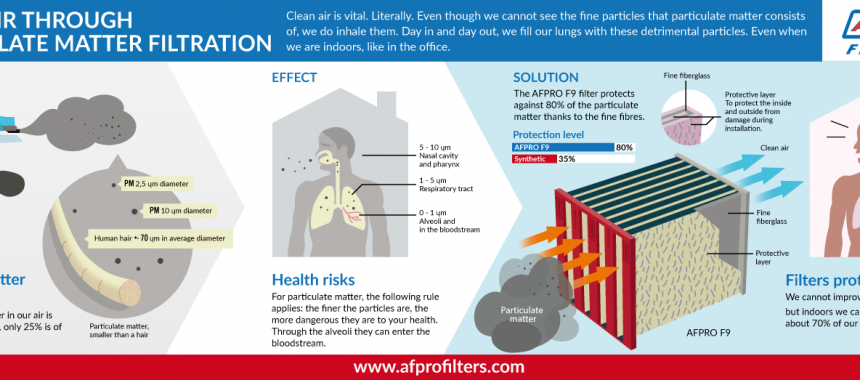The Future Of Home Heating - How Heatpump Modern Technology Is Advancing
The Future Of Home Heating - How Heatpump Modern Technology Is Advancing
Blog Article
Authored By- https://docs.google.com/spreadsheets/d/1OF6iqsyIAkh2jXHF5MQcFBxUuLa7aTTJPBnZ4DhDyVo/edit?gid=665658421#gid=665658421 will be a critical technology for decarbonising heating. In a scenario constant with federal governments' announced energy and climate commitments, their international ability doubles by 2030, while their share in home heating rises to one-quarter.
They work best in well-insulated homes and count on electrical power, which can be provided from a renewable power grid. Technological innovations are making them a lot more reliable, smarter and less costly.
Fuel Cells
Heatpump use a compressor, refrigerant, coils and followers to move the air and warm in homes and appliances. They can be powered by solar energy or electricity from the grid. They have been getting appeal because of their affordable, silent procedure and the capacity to produce power throughout peak power demand.
Some business, like IdaTech and BG MicroGen, are dealing with gas cells for home heating. These microgenerators can change a gas boiler and create several of a house's electric demands with a link to the electrical energy grid for the rest.
But there are reasons to be hesitant of using hydrogen for home heating, Rosenow claims. It would be pricey and inefficient compared to other technologies, and it would contribute to carbon emissions.
Smart and Connected Technologies
Smart home technology enables house owners to connect and control their tools from another location with using smartphone applications. For instance, smart thermostats can discover your home heating preferences and automatically adjust to enhance energy consumption. Smart lights systems can be regulated with voice commands and instantly shut off lights when you leave the area, minimizing power waste. And clever plugs can monitor and manage your electric use, enabling you to identify and restrict energy-hungry home appliances.
The tech-savvy house depicted in Carina's interview is an excellent image of just how residents reconfigure area home heating methods in the light of new wise home modern technologies. They rely on the devices' automated features to carry out day-to-day adjustments and regard them as a convenient ways of conducting their home heating techniques. Therefore, they see no reason to adjust their practices better in order to allow versatility in their home energy demand, and interventions targeting at doing so might face resistance from these houses.
Electrical power
Given that heating homes make up 13% people emissions, a switch to cleaner alternatives might make a huge difference. But the modern technology faces difficulties: It's pricey and needs extensive home restorations. And it's not always suitable with renewable energy resources, such as solar and wind.
Until lately, electric heat pumps were also expensive to compete with gas designs in the majority of markets. But brand-new developments in design and products are making them much more cost effective. And Visit Home Page is allowing them to work well also in subzero temperatures.
The following action in decarbonising home heating might be the use of warm networks, which attract heat from a main source, such as a close-by river or sea inlet, and disperse it to a network of homes or structures. That would decrease carbon discharges and permit families to benefit from renewable energy, such as green electrical energy from a grid supplied by renewables. This option would be much less expensive than switching to hydrogen, a fossil fuel that calls for new infrastructure and would only minimize carbon dioxide exhausts by 5 percent if paired with improved home insulation.
Renewable Energy
As electrical power rates drop, we're starting to see the same trend in home heating that has actually driven electric autos into the mainstream-- but at an even quicker speed. The solid climate situation for electrifying homes has actually been pushed further by new research study.
Renewables represent a significant share of modern warm consumption, but have been given minimal plan interest globally contrasted to other end-use fields-- and also much less focus than electrical energy has. Partly, this mirrors a mix of consumer inertia, divided incentives and, in numerous nations, aids for nonrenewable fuel sources.
New innovations might make the change simpler. As an example, heat pumps can be made more power effective by replacing old R-22 refrigerants with new ones that do not have the high GWPs of their predecessors. Some specialists likewise imagine area systems that attract warmth from a neighboring river or sea inlet, like a Norwegian fjord. The warm water can then be used for heating & cooling in an area.